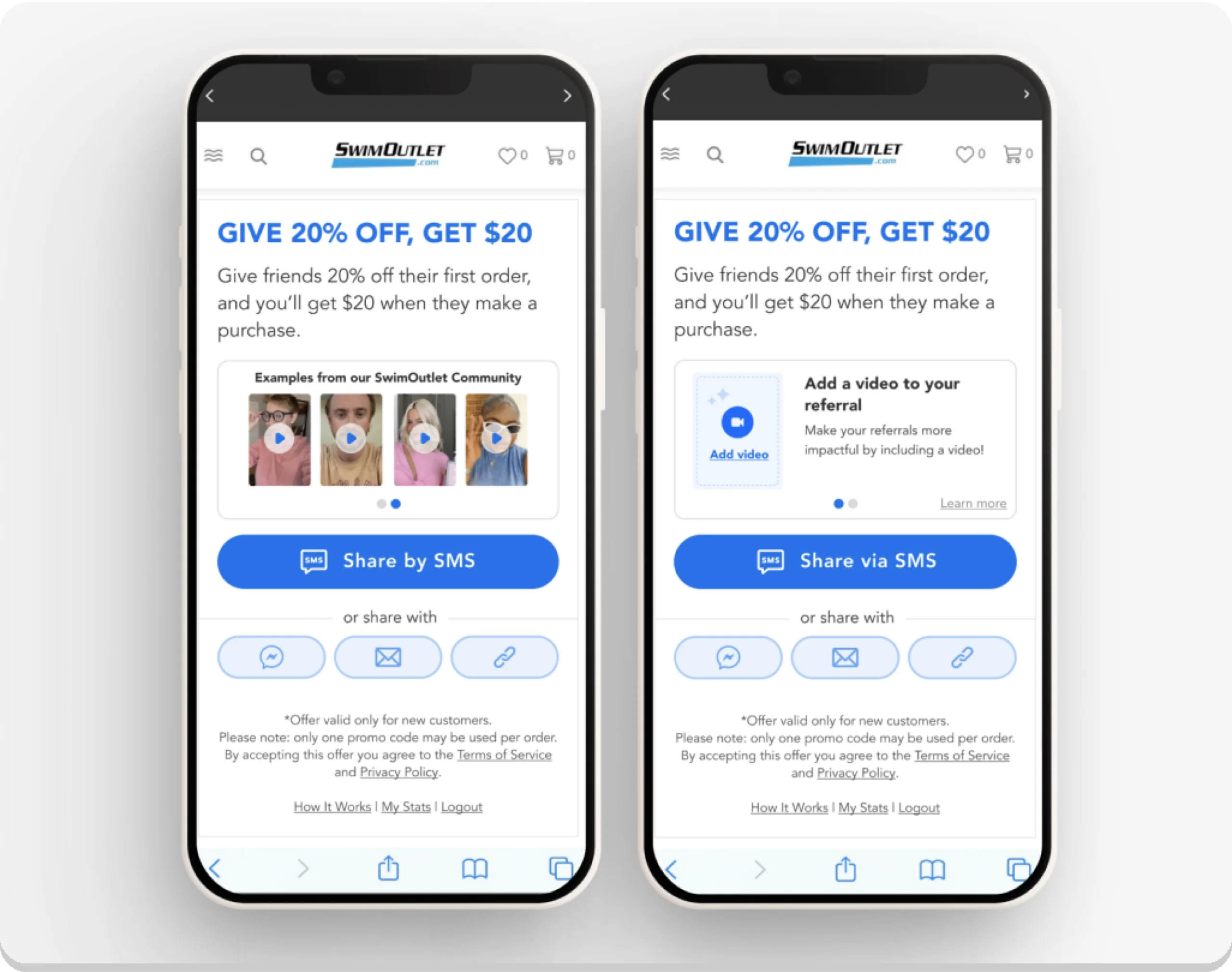For years, referral marketing has been treated like a side project. Something owned by lifecycle. Or tucked into loyalty. Or buried in the product team backlog.
That is no longer acceptable.
Referral marketing is now a strategic lever. It drives new customer acquisition, improves retention, amplifies brand advocacy, and reduces CAC. In a marketing environment defined by rising costs and diminishing attention, it delivers outsized impact.
This is not a nice-to-have. It is a must-have. And it belongs on the CMO’s roadmap, with budget, resources, and executive accountability.
Here is why.
It Delivers Growth Without Dependency
Most paid growth is rented. You borrow the attention of customers from Facebook, Google, TikTok, or affiliate networks. The cost increases every year. The control decreases.
Referral marketing is owned growth. Your customer becomes your channel. Your offer becomes the creative. Your program becomes the platform.
It scales based on brand strength, not bid strength.
It Improves CAC and LTV at the Same Time
Referral programs are not just cheaper than ads. They are also more effective.
Referred customers are:
- More likely to convert
- Less likely to churn
- More likely to refer others
This creates a flywheel of acquisition and retention that improves your core metrics at both ends of the customer journey.
You are not just buying customers. You are building advocates.
It Compounds Over Time
Paid performance typically decays. Every campaign has a shelf life. Every creative fatigues.
Referral performance improves with time. As more customers join, the base of potential advocates expands. As you test offers and refine targeting, conversion rates climb.
This makes referral one of the few marketing strategies that compounds instead of burns.
It Aligns with Every Team
Referral marketing sits at the intersection of multiple departments:
- With brand, it reinforces trust and voice
- With lifecycle, it activates loyalists
- With product, it integrates into the experience
- With analytics, it delivers clean attribution
- With revenue, it lowers blended CAC
That cross-functional alignment makes it a strategic asset. Not a siloed tactic.
It Creates Defensive Moats
Referral programs are not easy to replicate. They are based on community, reward psychology, segmentation, timing, and channel mix. A well-designed program is part of your brand DNA.
Competitors can copy your ads. They cannot copy your customer relationships. Referral programs leverage those relationships to create defensible growth.
That is why the most successful brands build them early and invest in them long term.
In Conclusion
CMOs are under pressure to do more with less. That means investing in what performs, not what looks good in a media plan.
Referral marketing performs. It scales without bloated spend. It improves core metrics. It compounds. It aligns. And it builds loyalty by design.
This is not a tool for the intern. It is a lever for the executive. And it deserves a permanent seat at the table.





